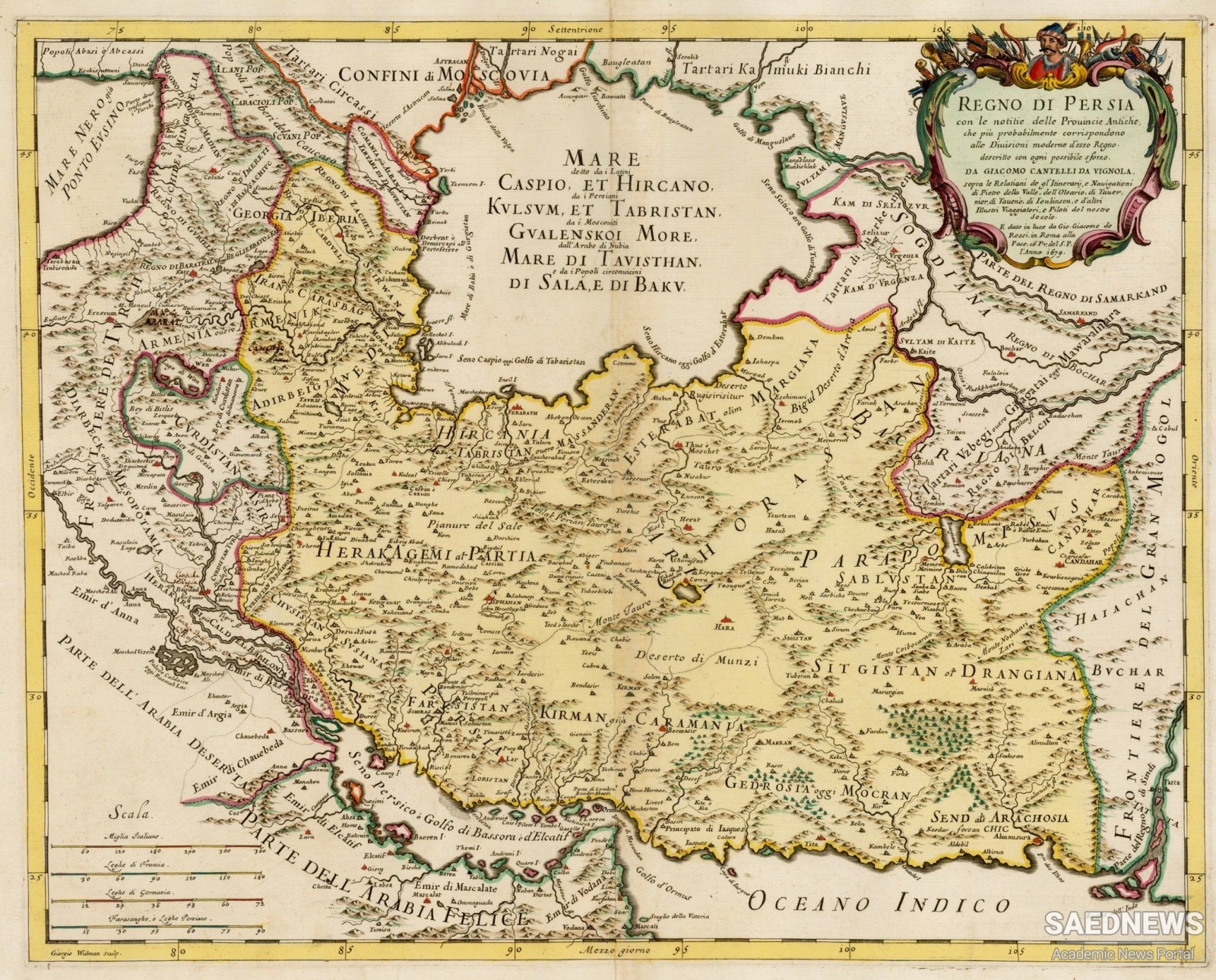Some of them were settled in Farahabad along with the Georgian Jews we discussed earlier. Some 500 families were taken to Shiraz. The wealthy Armenians of Julfa had a much better fate. Shah Abbas I reckoned them a valuable economic asset. He had the Julfans taken to the new Safavid capital, Isfahan. Shah Abbas granted them lands not far from Isfahan, and the place was named Julfa, after the original Julfa in their homeland. It is noteworthy that Shah Abbas had Muslim peasants removed from villages surrounding Isfahan, such as Saghabad, Falashan and Marbanan, for the settlement of the Armenian population, and on the Caspian coast he had the Shi'ite peasants evicted for the same reason. This demonstrates further that Shah Abbas gave more importance to his purse than to Islam. He wished to have the Armenians involved in the silk trade under closer control, and therefore both Christians and Muslims had to suffer deportations.
This deportation changed the pattern of the Christian population in Iran. From this time onwards, the Armenians formed the largest Christian population in Iran. After Timur’s onslaughts, the Nestorians, who had composed the main Christian population in Iran, had been reduced to an insignificant minority. As a consequence, the arrival of the Armenians had in effect ‘resuscitated’ Christianity in Iran. By the end of the 13th century, Iran had already replaced China as the supplier of silk to Genoese manufacturers. The increasing demand for silk in Europe opened new commercial opportunities for the Armenians and the Azeri merchants who lived close to the silk production areas of the Caucasus and the Caspian sea; however, they had to compete with the Italian merchants from Venice and Genoa. The Italian merchants had been involved in the silk trade since the establishment of the Mongol Empire and had a strong foothold in the European markets. As both Venice and Genoa were mercantile city states, the Italian merchants benefited also from the active support of their statesmen. The Armenians of Julfa lacked such protection; nonetheless, they had managed to build a fortune which had caught the attention of both the Safavids and the Ottomans, who were fighting for supremacy in their region. In the endless war (1578-1588) which opposed the two belligerents, the entire region was devastated, but Julfa was not destroyed. The Julfans had bribed Shah Abbas I to spare their town from ravages. One of the wealthiest merchants of Julfa, Khwaja Khacik, had offered him trays full of gold coins. The sight of the Julfans’ wealth had prompted Shah Abbas to plan their deportation to Isfahan. In 1590, he had already selected a wealthy suburb of the city beside the Zayanda Rud for them. A number of Julfan nobles and ecclesiastics of Julfa who were heavily indebted to the Ottomans had also encouraged the Shah in his decision. They wished for the Iranians to take over Armenia, so that they would not have to pay the Ottomans back. Arakel of Tabriz laments that Shah Abbas was ‘an infernal dragon’ who deceived these Armenians after he conquered Armenia by taking away their wealth.


 The Iranian Jewry: Their Social Dilemmas under Safavids
The Iranian Jewry: Their Social Dilemmas under Safavids














































